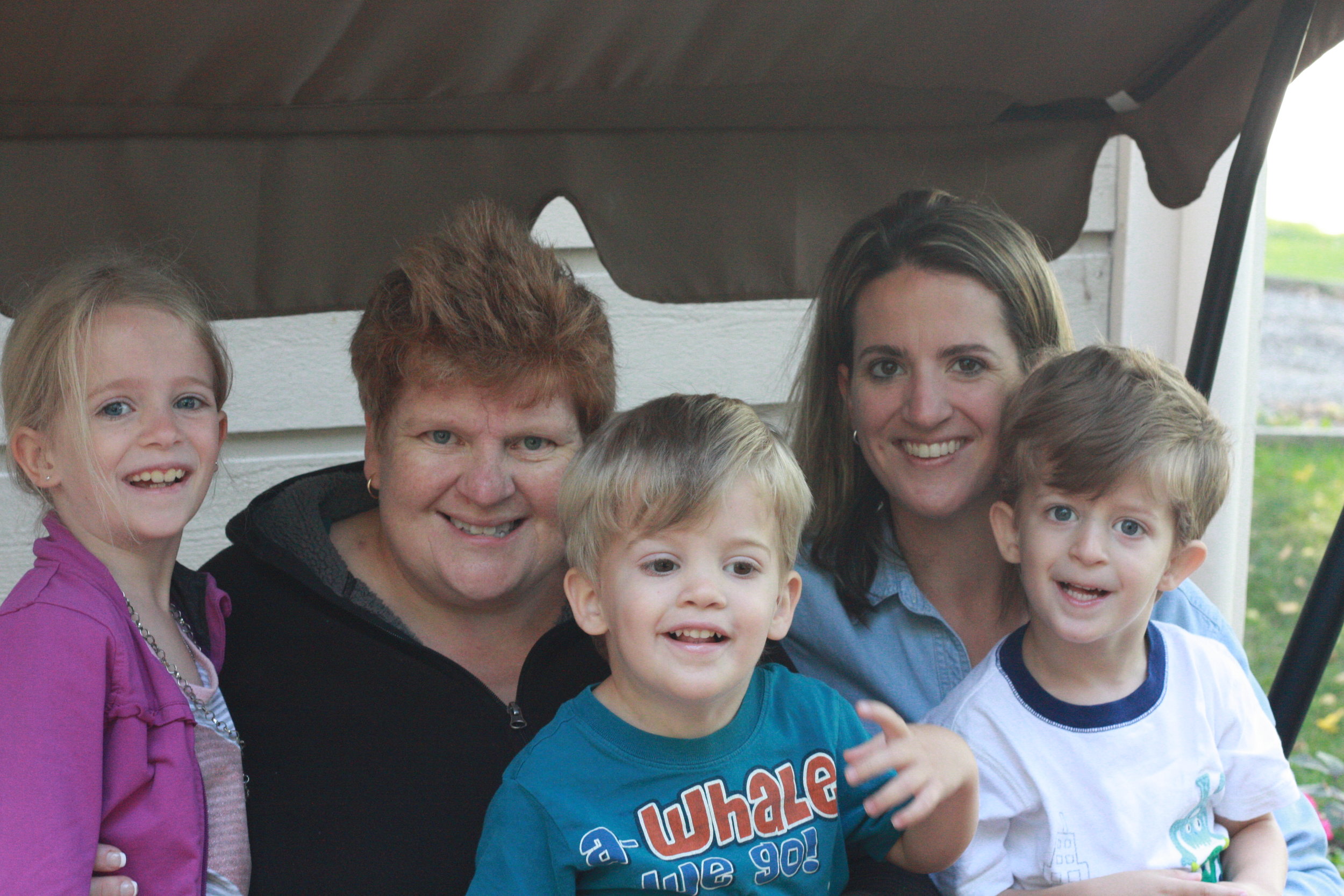This month, one year ago, my aunt came to visit. She’s since deceased.
I felt like I was just starting to get to know my aunt Marcia. In my dad’s family, there were ten children. My dad was the third oldest and Marcia was the youngest. When I was born, she was only 11. Because my mom didn’t really care for her husband’s giant Irish family’s shenanigans, I didn’t see much of them growing up. When I was a teenager my dad took to sneaking visits with his family, and sworn to secrecy, we could join him on those lazy Sunday afternoons. He’d be my grandma’s handyman sometimes. Or he’d feel comfortable and fall asleep in the upholstered lazy boy in the living room corner of the city bungalow she shared with Marcia. But those sporadic visits, of which I’d only witnessed the beginning before leaving home, weren’t enough for me to get to know my aunt.
My dad died in 2014 and so, when she accepted my invitation to Winnipeg last summer it felt like the chance for a more pleasant reunion. My interactions with my dad’s family were an inheritance; in many ways, I was merely benefitting from his mostly good relationships and one generation’s remove from the contentiousness. Nonetheless, time spent with Marcia over the course of a few days was tinged with familiar comfort. There were qualities, like thrift, or a kind of humour, that I could find in Marcia and she could find in me. There were mannerisms we had that were reminders of the person we missed in common.
And there were ways that we were different. One of the Winnipeg attractions I advertised was a visit to Thermëa, a self-guided Nordic spa experience. We were at the front desk when something I did while taking out my wallet made me drop a tampon on the floor. Marcia laughed and so did I when I bent down to scoop it up. When I popped back up I excused myself to the receptionist, and then told Marcia, out of the woman’s earshot, that I didn’t want that woman to think we were laughing at her. Marcia’s answer was, “Who cares?” She might have been right; I’m agreeable to a fault. But it was her refrain. She would often say it. “Who cares!” I suspect, though, that she did care. That maybe the expression was just a wishful anthem against normal, human vulnerability. Because most of all, she cared about trustworthiness. If you betrayed it, her decision was categorical. Either way, it meant that she had spent some time thinking about it. If it was harsh, there always seemed to be a chance to salvage a spot on her good side. If her sincerity had a rough edge, gaining her friendship felt like a priviledge.
While we had a nice time together that summer and were planning to see each other again the next, she died unexpectedly. Her death lead me to go through family albums with a kind of avidity. But photographs, for getting to know someone more, are unsatisfactory, even maddening. It’s like Susan Sontag writes: “Photographs, which cannot themselves explain anything are inexhaustible invitations to deduction, speculation, and fantasy.” The pictures with their subjects, their views as records, couldn’t give me any more of Marcia than a catalogue of things she thought worth photographing.
Her funeral highlighted qualities that defined her life: the work ethic that drove her success as a retail manager and the dedication she had for her mother’s care. It felt fateful to me that she had just organized and celebrated her mother’s 90thbirthday. The Sunday before her own quiet death, nurses had gathered at her mother’s table decked with flowers in the nursing home dining room and sang as my white-haired Grandma smiled and Marcia recorded. That was most of what she recorded: her mother and nature scenes. There wasn’t much art to it. Then again, “to photograph is to confer importance.” (Susan Sontag)
Literature allows us to imagine that people are full of complexity. When I think of my dad, a person I knew quite well, I see how that applies. If I were to talk about him, if I were to try to describe him to you, I might cut the effort short. I want to preserve him in all completeness. But it’s not the same with my aunt. My aunt, because of the nature of our short relationship, can live in my memory within a very neat container.
A writer named Jonas Hassen Khemiri once talked about a death in his family. He explained how people’s memories of the deceased were a way of defending a version of the person they knew. My version entails the goodness of her care, the respectability of her work, and the surprise of her death.
